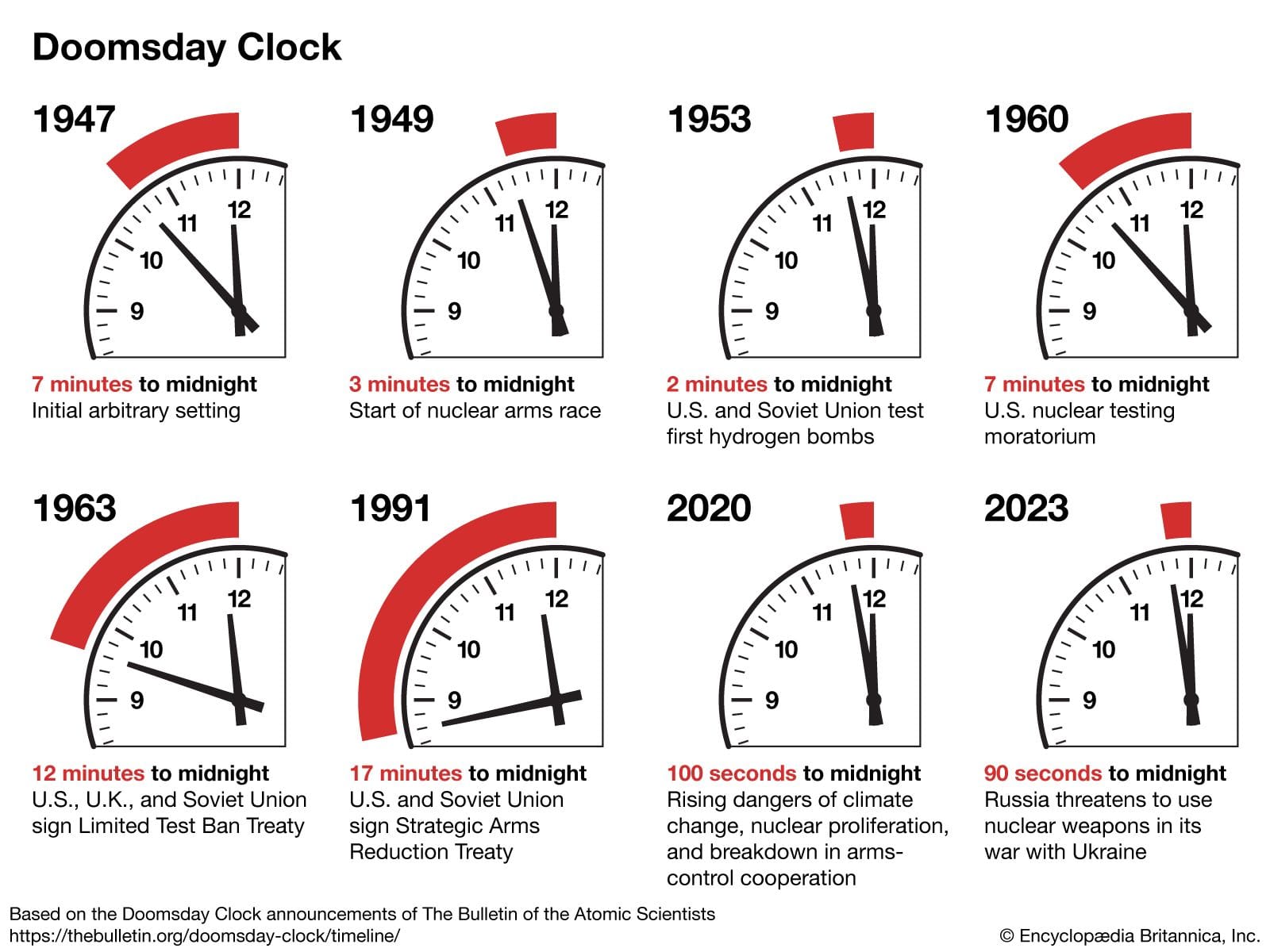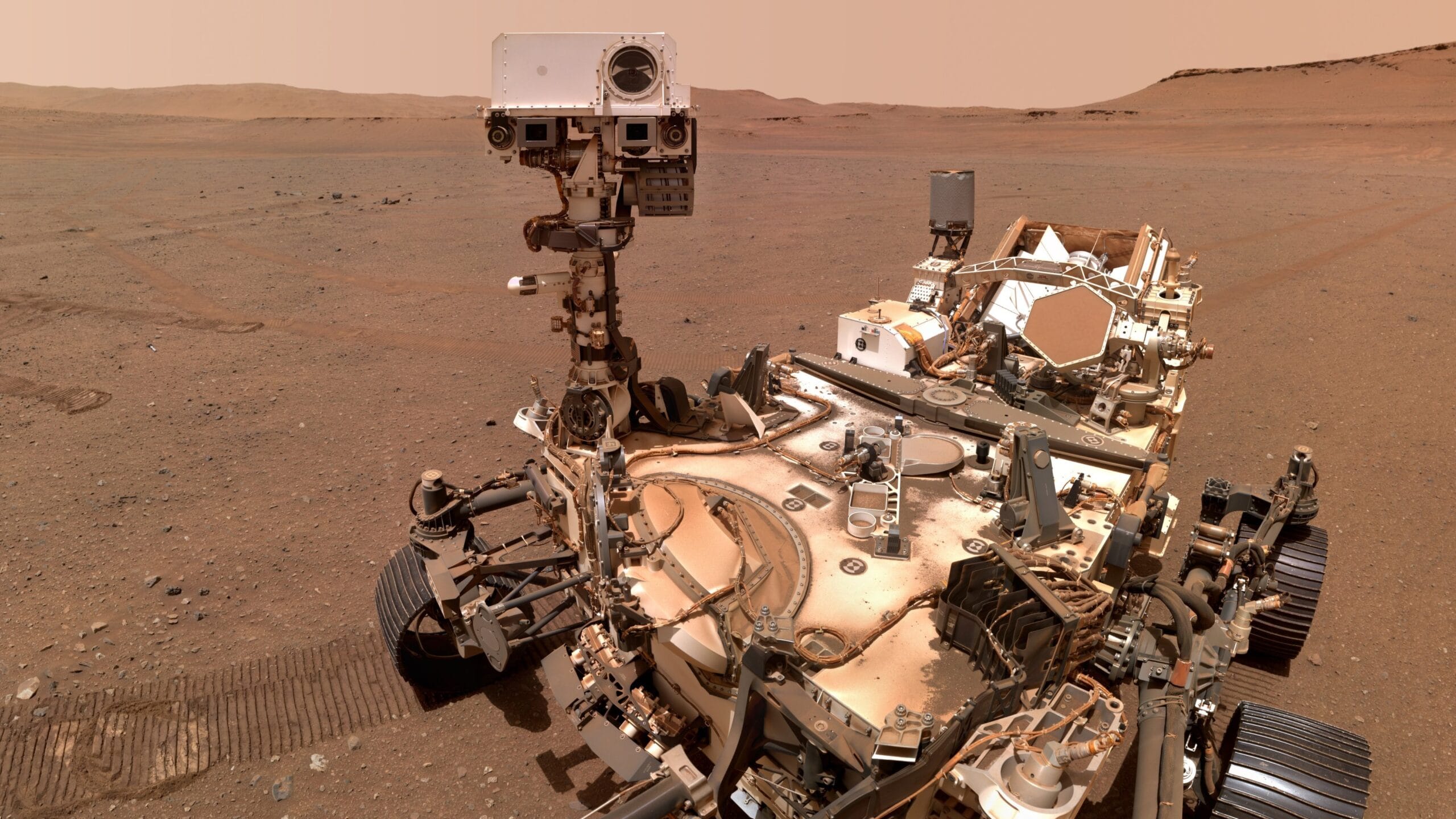On the evening of October 15, 2023, residents of Siberia were treated to a spectacular display when a fireball, believed to be a small asteroid, exploded in the atmosphere. Eyewitnesses reported a bright flash followed by a loud boom, with many capturing the event on their smartphones. The fireball was visible across a wide area, sparking excitement and curiosity among locals and astronomy enthusiasts.
Experts from the Russian Academy of Sciences confirmed that the object was likely a meteoroid entering the Earth’s atmosphere at high speed. Preliminary estimates suggest that the fireball was approximately the size of a small car and exploded with the force of several tons of TNT. Fortunately, no injuries or significant damage were reported, though the event served as a reminder of the dynamic nature of our solar system.
This incident is not unprecedented; fireballs are relatively common, with dozens entering the Earth’s atmosphere each year. However, the visibility and impact of this particular event have reignited discussions about planetary defense and the monitoring of near-Earth objects.
Dr. Elena Volnova, a leading researcher at the Institute of Astronomy, stated, “While these events are rare, they highlight the importance of our ongoing efforts to track asteroids and meteoroids that could pose a threat to Earth. This fireball was a reminder of the potential hazards that exist in our cosmic neighborhood.”
As scientists continue to analyze data from the event, the public is encouraged to report any additional sightings or information related to the fireball. The incident has also prompted calls for increased funding and resources for asteroid detection programs, as the frequency of such occurrences may increase with the ongoing exploration of space.
In the meantime, the mesmerizing footage of the fireball has gone viral on social media, showcasing the beauty and unpredictability of the universe. For many, it was a moment of awe, reminding us of the wonders that exist beyond our planet.
As the scientific community continues to study the implications of this event, it serves as a powerful reminder of the need for vigilance in monitoring our skies.



